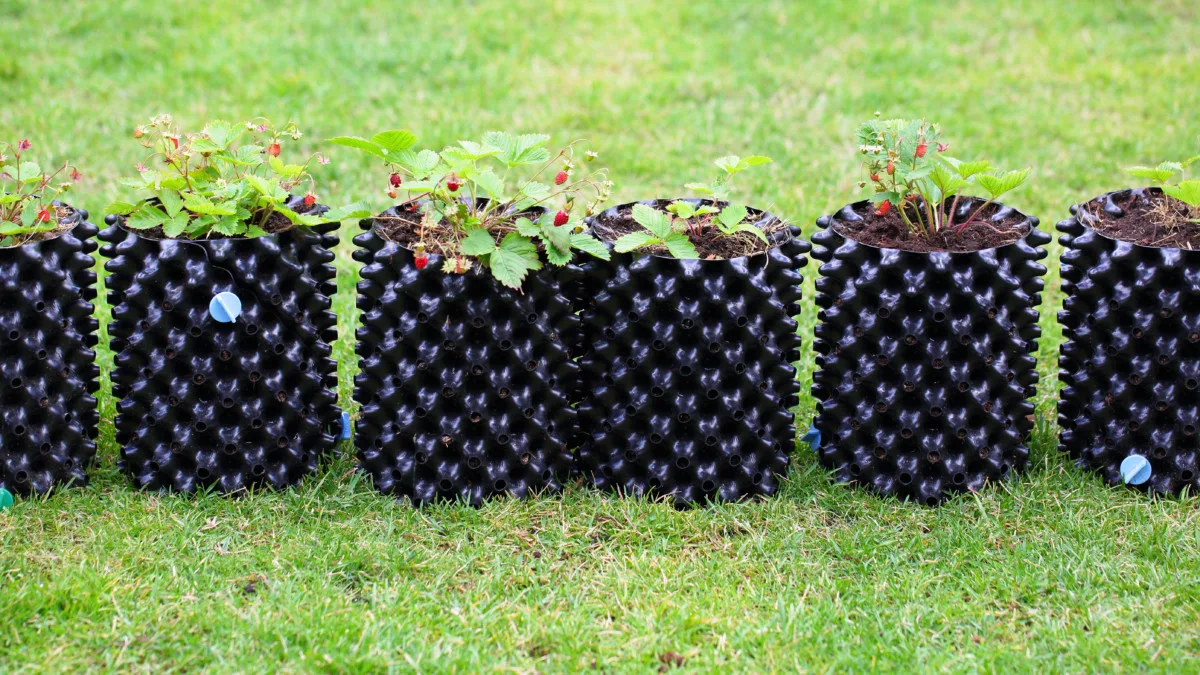
When I first got a look at these things, my initial thought was, “What in the world are they?” They’re shipped flat, so what you receive isn’t pot-shaped. And it’s filled with holes, lots of holes.
Air pruning pots are rhomboid-shaped pieces of plastic with funny cone-shaped indents. On one side, the cones have small holes at their tips, and on the other side of the sheet of plastic, the cones do not. They come with a couple of screw-like fasteners and a flat round bottom piece of plastic screen.
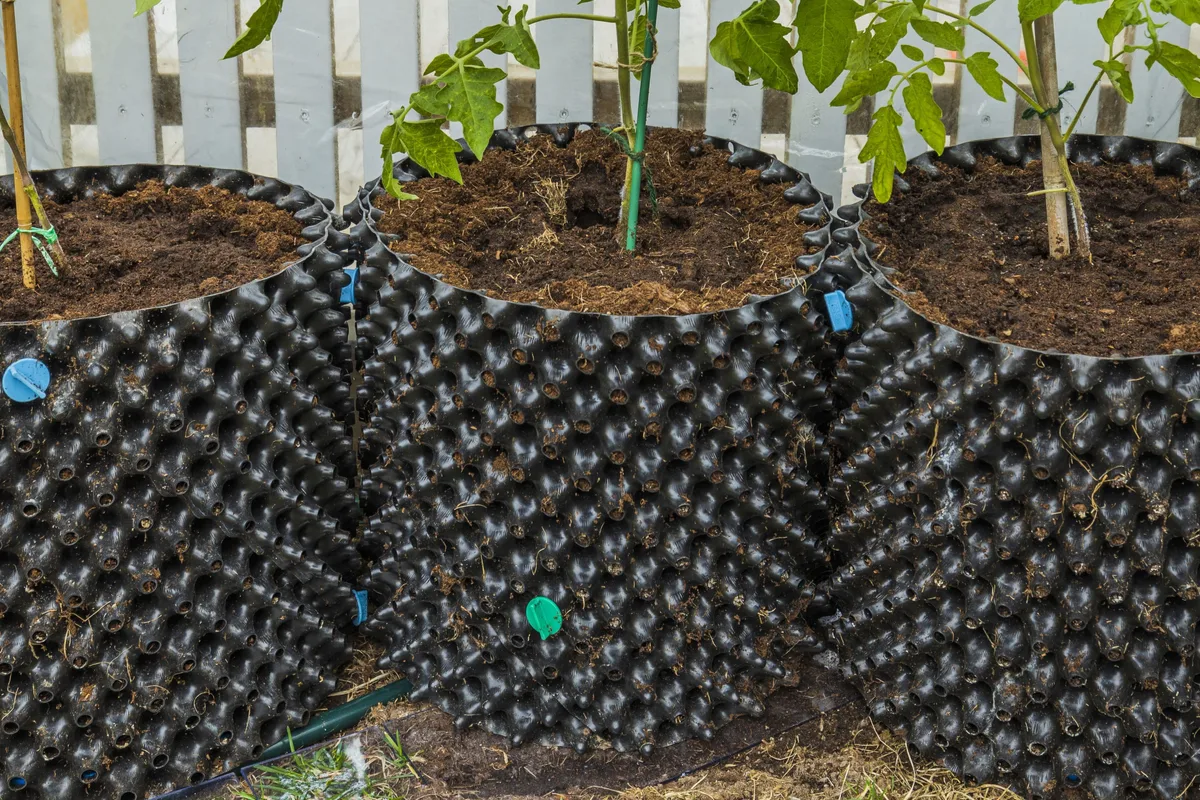
You assemble it by wrapping the rhomboid-shaped piece around the round bottom, forming a pot. The fasteners are screwed in and keep the whole thing held tightly together. Then you fill it with your growing medium, compacting it firmly. Unlike traditional pots, where you don’t want firmly packed soil, in this case, doing so prevents the medium from washing out of the holes in the pot each time you water it.
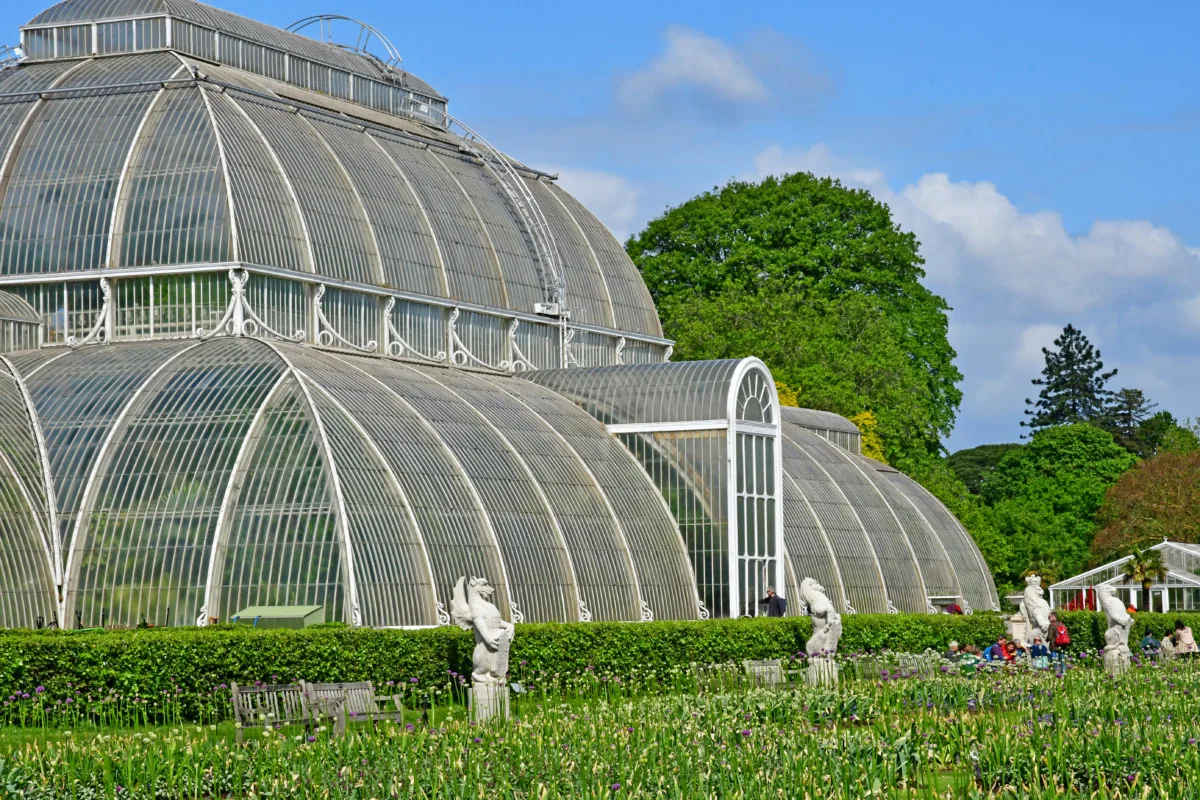
My immediate thought was that there was no way this worked. But they do! In fact, they work so well they’re trusted and used by the Royal Botanic Gardens, Kew in England. They grow over 3,000 species of plants using Air-Pots.
Tree nurseries love them as they produce saplings with perfect rootballs. As anyone who has ever tried to plant a tree can tell you, a healthy rootball is key to the sapling becoming well-established.
It’s probably safe to say they will be the most interesting pot you’ll ever use.
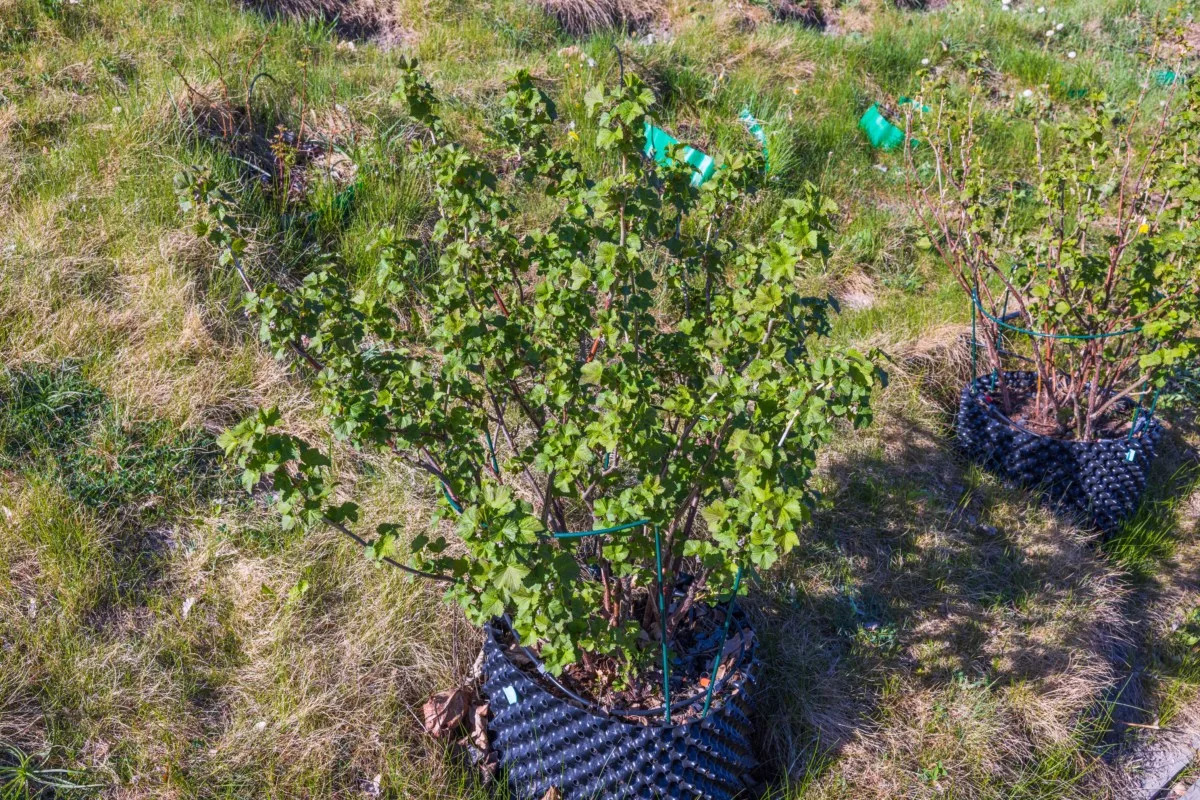
How Do Air Pruning Pots Work?
Air, air, and more air.
When asked to list what plants need to grow large, strong, and yield lots of fruit or flowers, what do we usually think of?
- Sun
- Good soil
- Water
- Nutrients
Rarely does air make that list. However, it should. Believe it or not, the key to healthy plants and large yields isn’t what’s above ground but below. Healthy roots always correlate to a healthy plant.
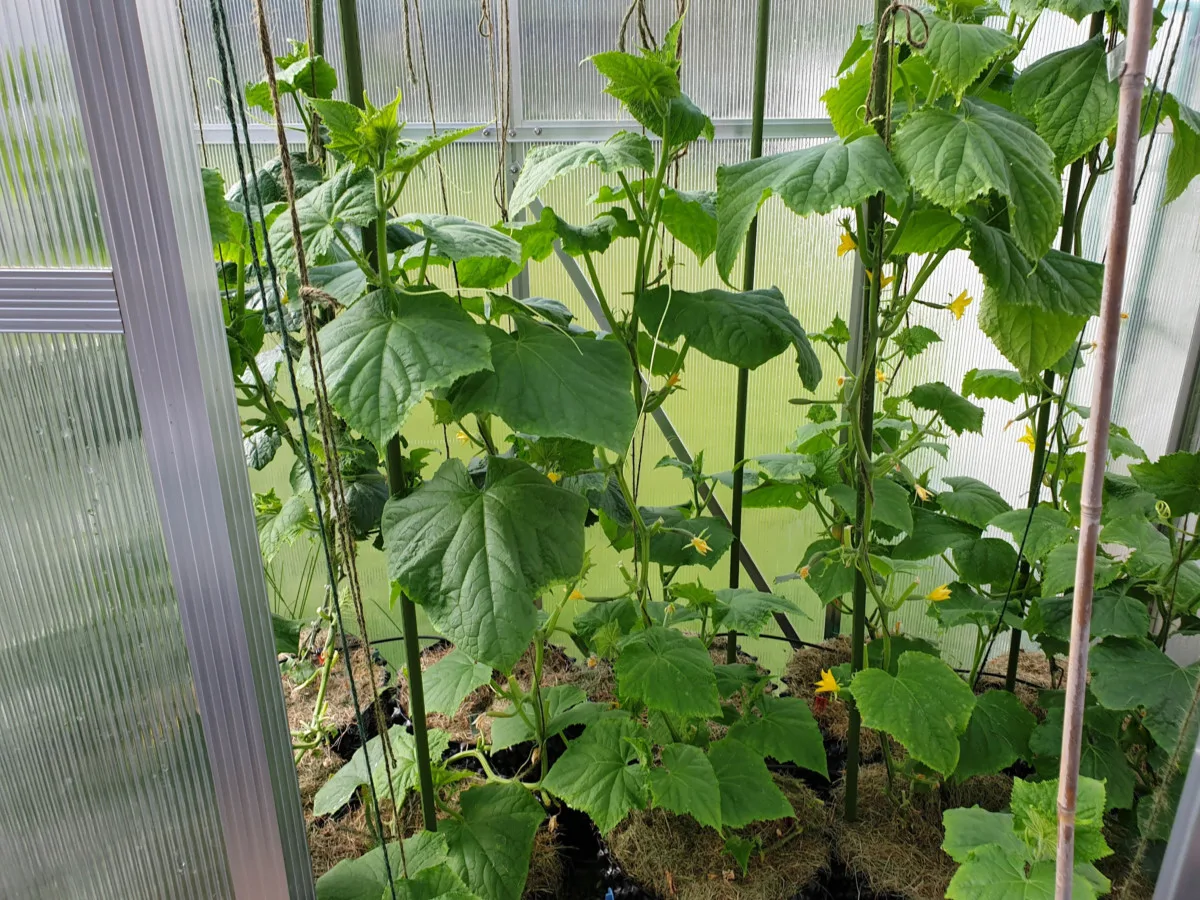
Air pruning pots work by using air to prune the roots of the growing plant.
Remember the cones I mentioned? The cones on the inside of the pot direct roots to grow toward the holes facing the outside of the pot.
As the roots reach these tiny holes, they are exposed to the air, and they dry out and die back a little. This is exactly what you want, as it sends an enzymatic message to the plant to produce new root growth along the now-trimmed root. As more and more root tips reach the air, the plant receives more signals to put out more roots.
In the end, you have a denser rootball with tons of surface area, which means the plant can take up more water and nutrients.
This air-pruning also eliminates root-circling, which is a problem when using traditional growing pots.
Why are circular roots a problem?
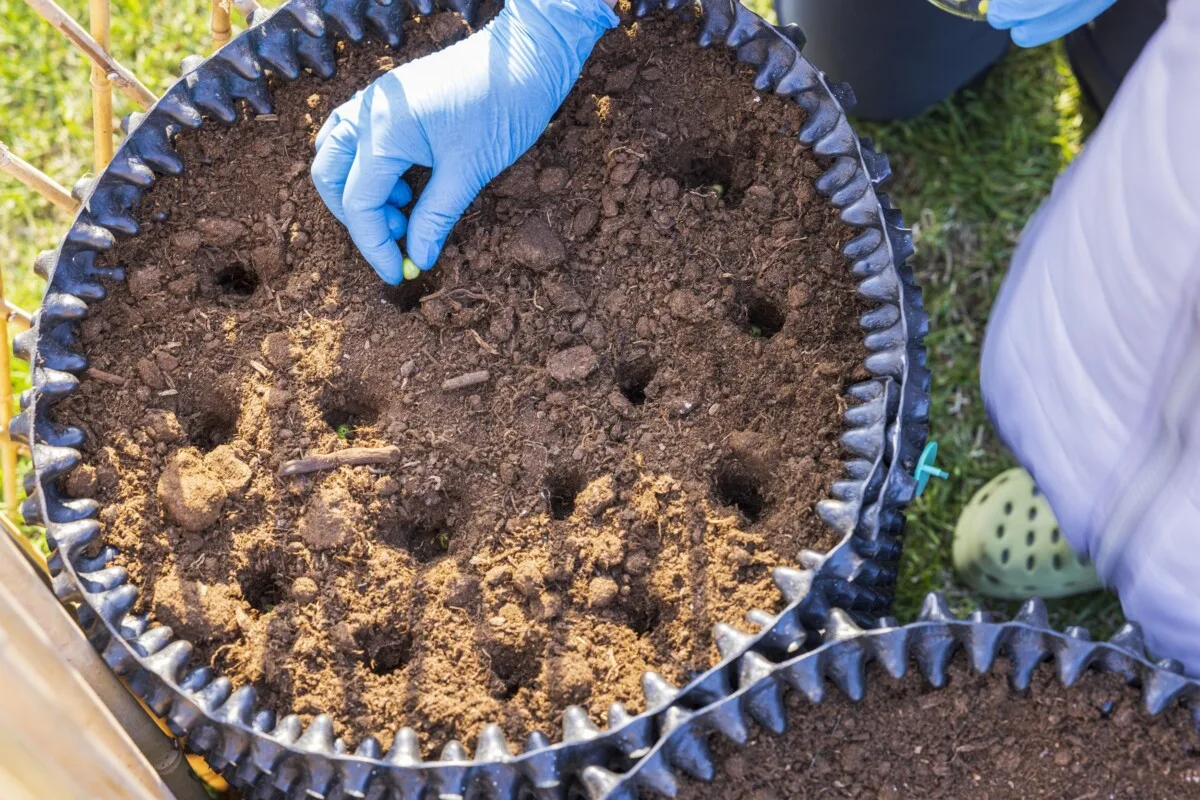
Roots are pretty interesting. They will keep on growing until something stops them. That can be you trimming them or, more often, exposure to air.
When you grow something in a traditional container, the roots are never exposed to air, so as the plant grows, so do the roots. Once the roots hit the sides of the pot, they will continue to grow, circling around inside the pot.
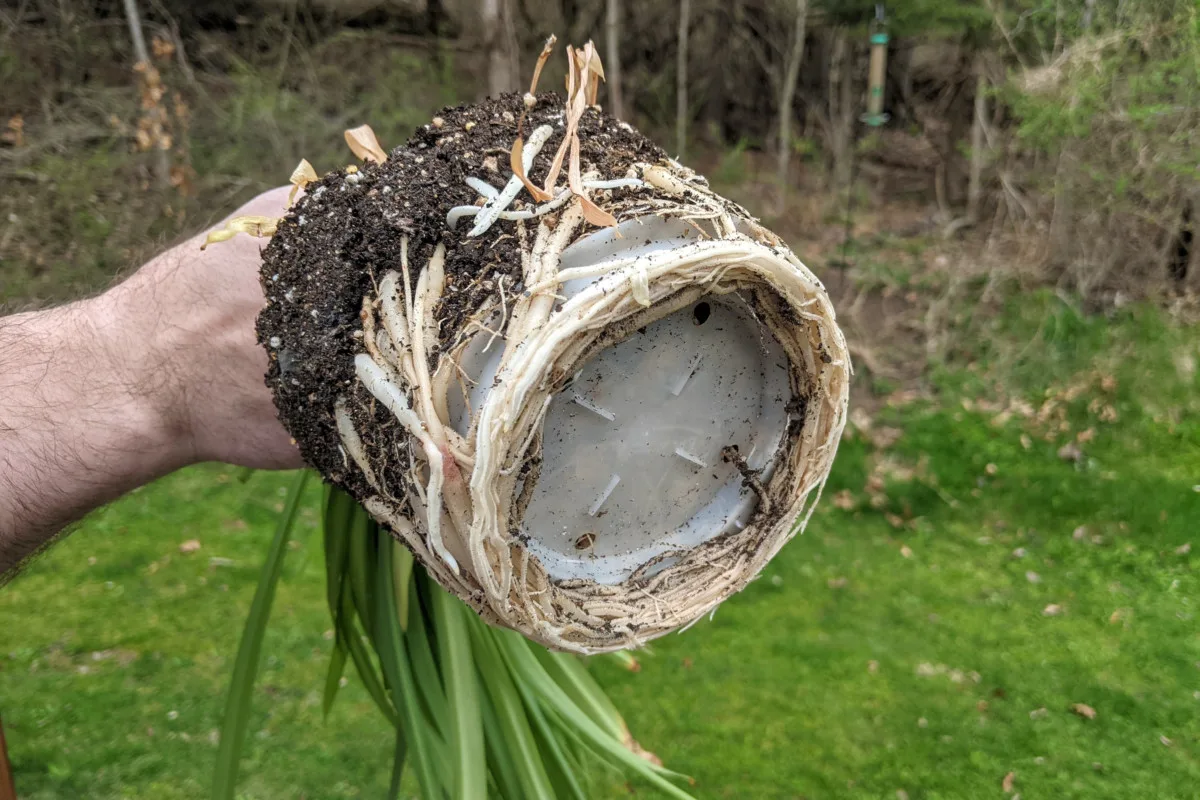
Over time this unchecked root growth pushes soil and the plant up out of the pot. If left for too long, these circling roots can put enough pressure on the stem to prevent water and nutrient uptake. In short, the plant strangles itself.
Beneficial Bacteria and Fungi
If you’re a long-time Rural Sprout reader, you know of my undying love of mycorrhizae. Air pruning pots are mycorrhiza’s best friend. By encouraging more root growth, you have a greater surface area for beneficial bacteria and fungi to attach to. In turn, these naturally occurring microorganisms in the soil “pre-digest” nutrients, making them easier for the plant to absorb.
They also further increase the surface area, essentially becoming a part of the plant’s root system. This means the plant can take up more water and nutrients.
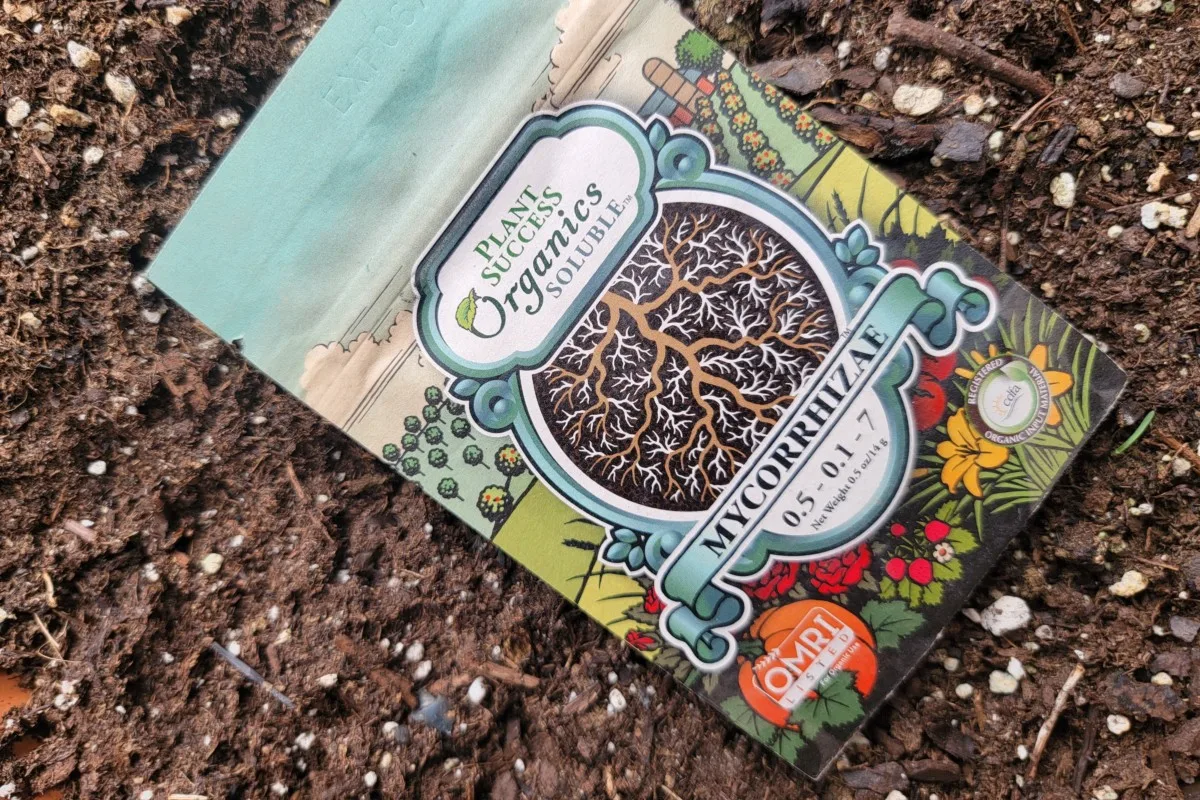
All of this leads to healthier, stronger plants with higher drought tolerance and disease resistance. As we all know, these are the kinds of plants that give the largest yields.
So you see, air pruning pots work to improve the root system, which in turn gives you rapid plant growth. Not too shabby for a funny-looking pot. Aside from the obvious benefits, there are a few other great things you’ll notice when using air pruning pots to grow houseplants, veggies and fruits.
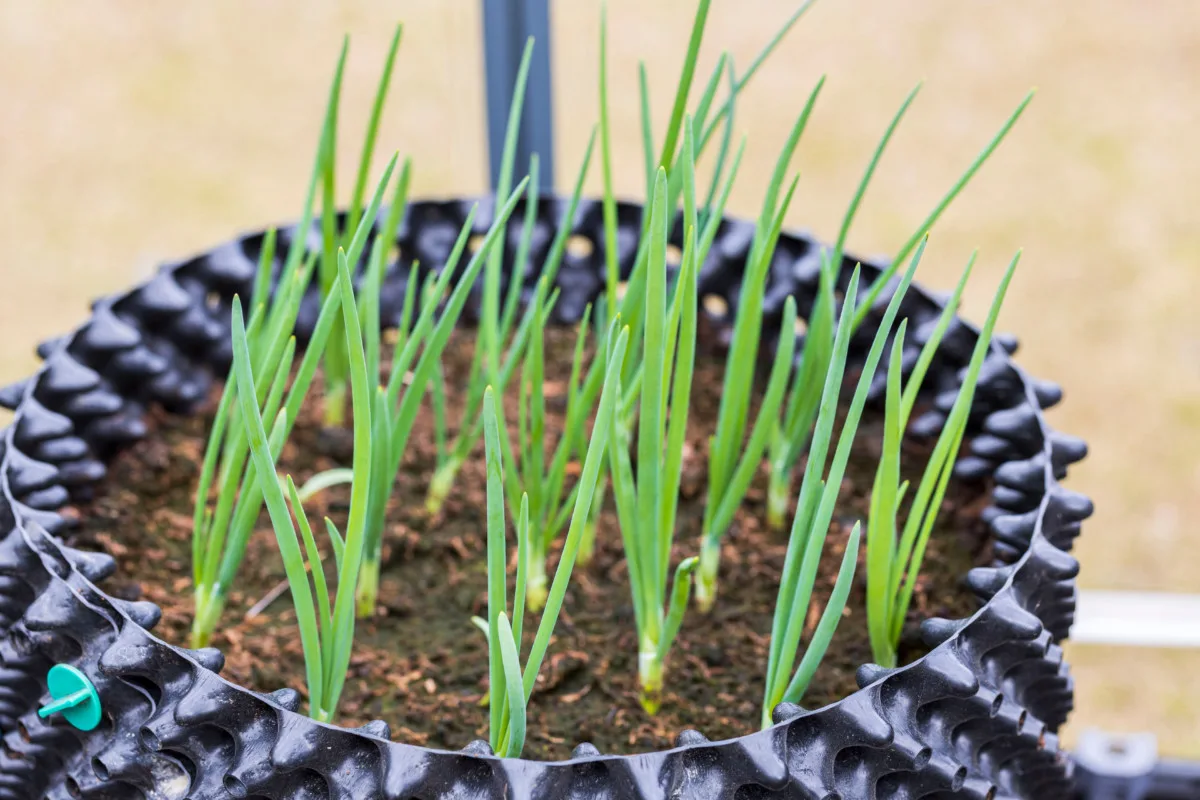
No More Leaning Towers of Pots
Container gardening is awesome. Whether you have limited land or just want to grow vegetables and herbs close to your backdoor, growing in pots is the perfect solution. Unfortunately, at the end of the season, you’re faced with storing your containers out of the elements so you can use them next year.
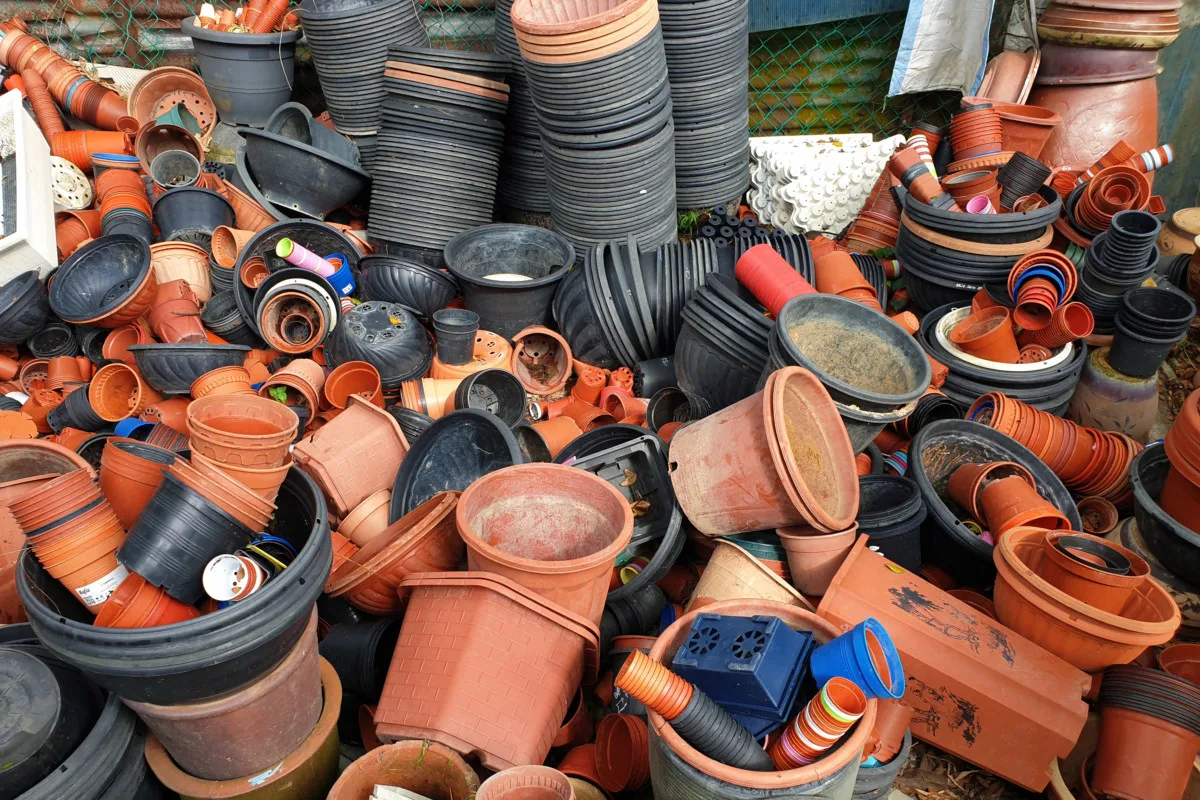
If you use the same shape pot, you can have the Leaning Tower of Garden Pots in your garage or shed. This has its drawbacks; it’s unsightly and prone to falling over or you tripping over it.
One of the great features of air pruning pots is that they’re easily disassembled at the end of the growing season and stored flat. They take up much less space, and you can tuck them out of sight and out of the way.
Repotting is a Breeze
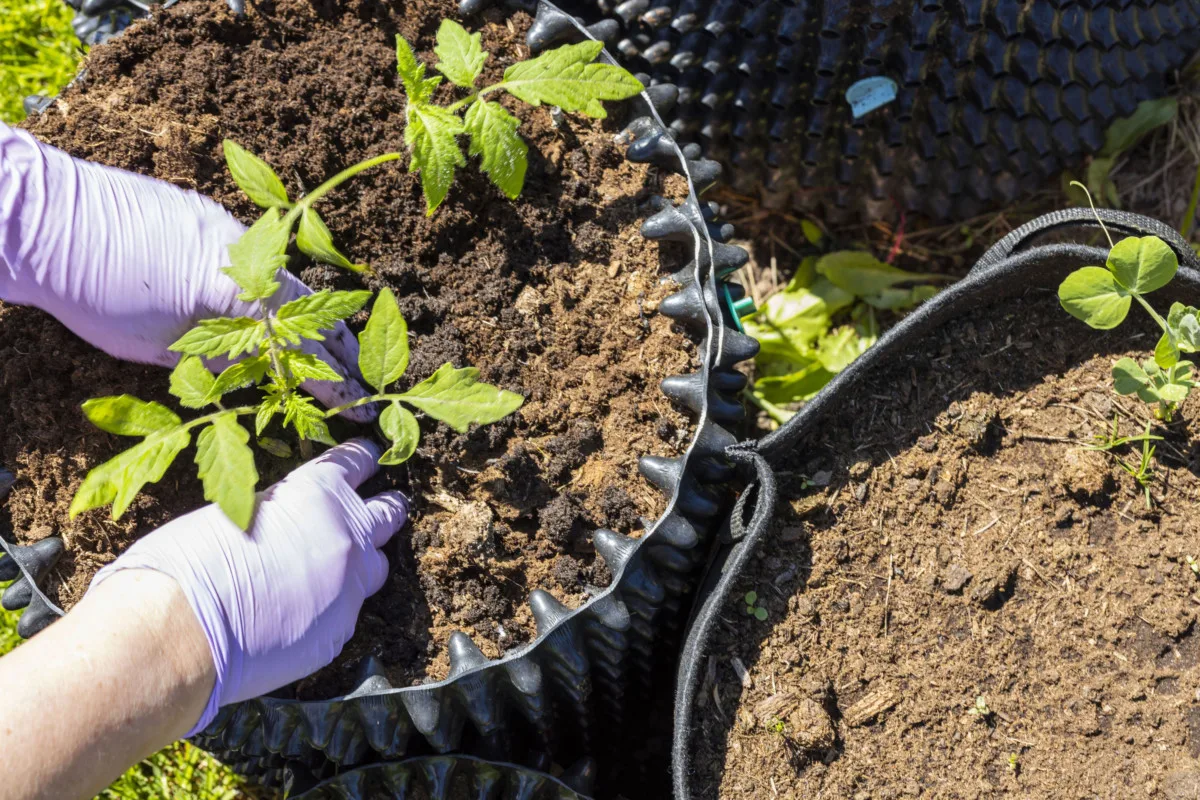
When it’s time to pot up to a larger size, you remove the pot from the plant rather than the other way around. You’ll have less of a dirty mess, and it will be less stressful on the plant itself. Place the unwrapped plant in a new air pruning pot the next size up and add more growing medium. There are a variety of sizes of air pruning pots available here – from tiny propagation pots to pots capable of growing trees.
Air Pruning Pots and Decorative Planters Are Made to go Together
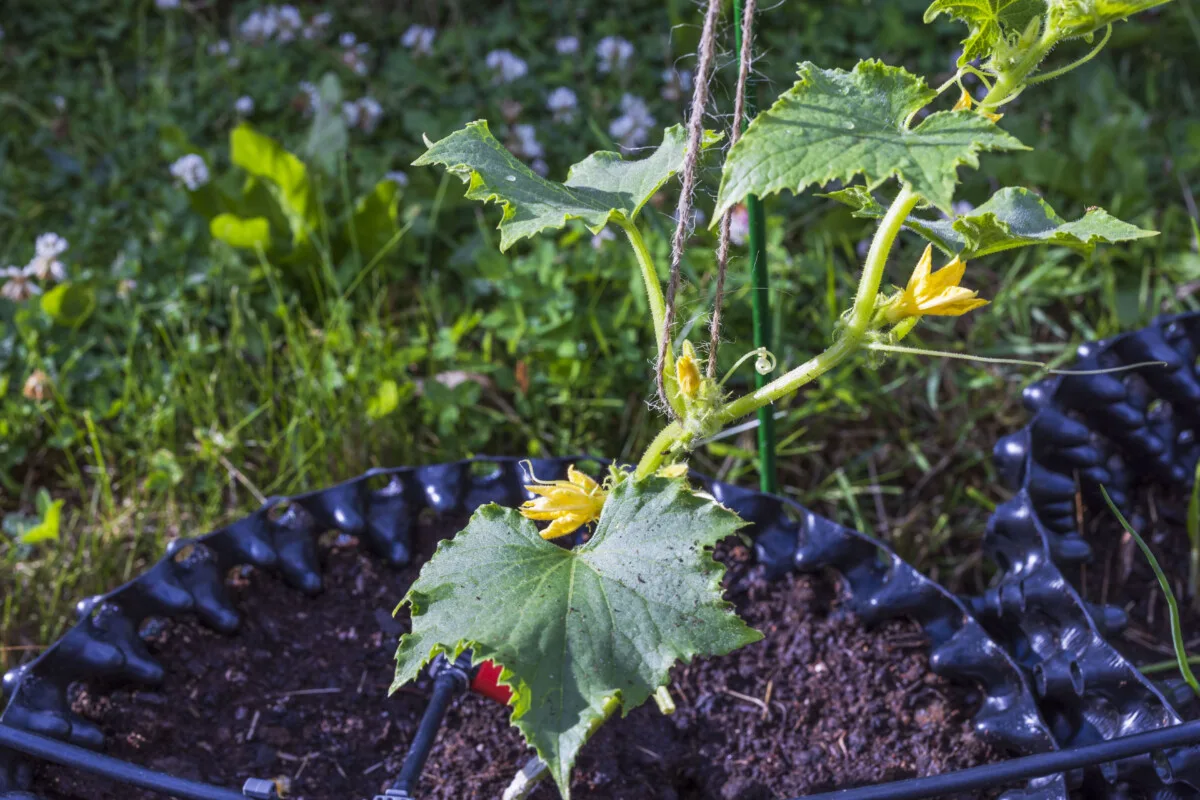
We can all agree that while the benefits of using air pruning pots are well worth it, they aren’t exactly lovely to behold. Luckily, they fit beautifully inside decorative planters. If you’re going to use these pots with another planter, make sure the decorative planter you set the air pruning pot in is still large enough to encourage plenty of airflow.
Using the air pruning pot inside the decorative planter, you will extend the life of your planter and avoid unsightly salt stains from fertilizers. Using an air pruning pot inside another decorative planter also helps preserve moisture, meaning you aren’t watering as often.
Downsides to Using Air Pruning Pots
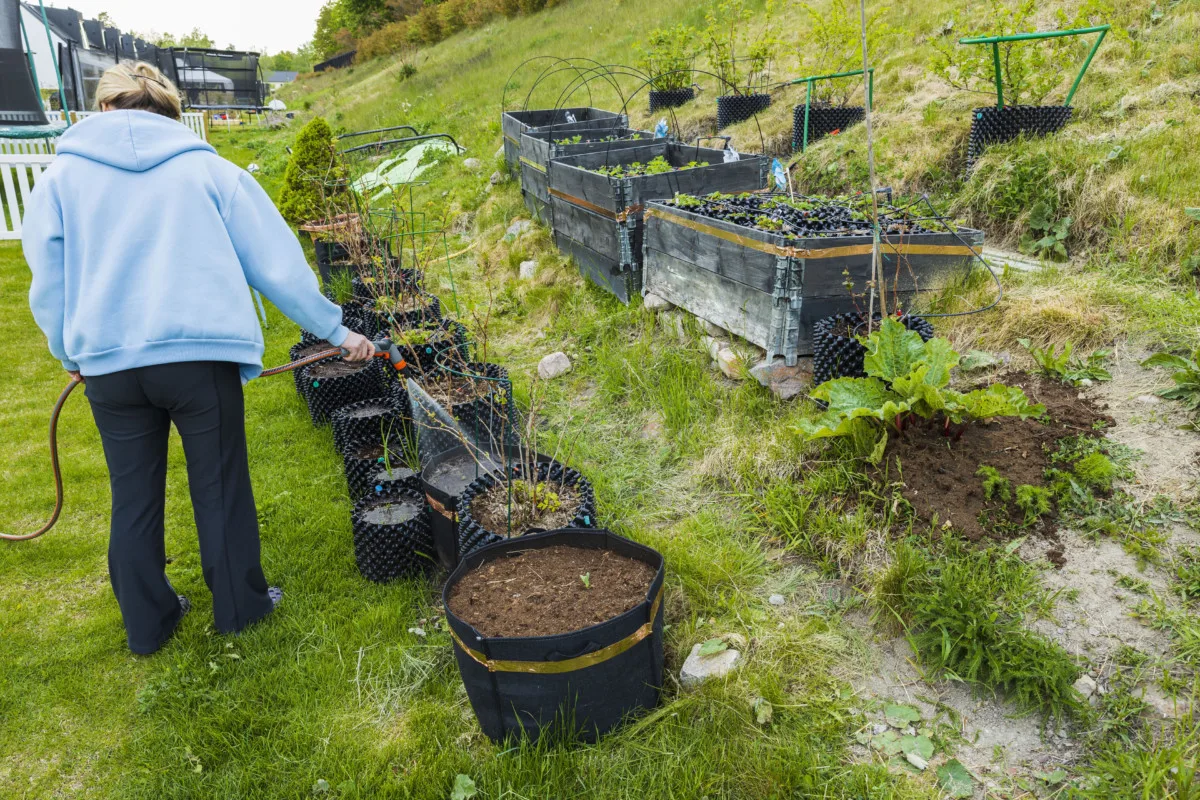
There are a few downsides to consider when deciding if this style of pot will work for your gardening needs.
More Frequent Watering is Needed
Because of the holes in the tips of the cones, the pot will have a higher evaporation rate than a more traditional pot. However, this is balanced somewhat by the increased surface area of the roots. More roots = faster and more efficient absorption of water.
The manufacturer recommends a drip irrigation system for their pots, which is fine and dandy if you’re using a lot of them, like in a commercial setting, or you can consolidate them to one area. But for the home grower who is only using a few of these pots or who has them spread out around their patio or yard, a drip irrigation system can be costly and impractical.
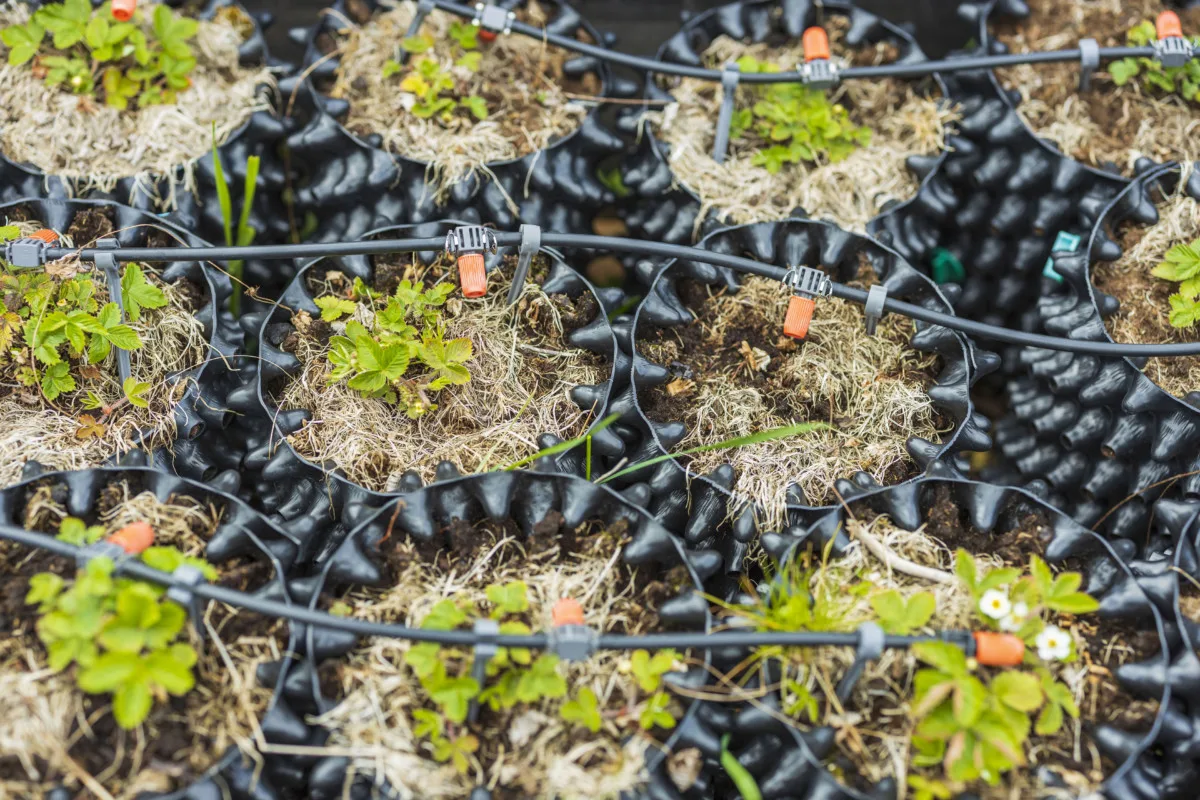
So, you’re back to hand watering with a hose or can, which you will need to do more frequently, especially during the hottest summer days.
You May Need to Pot Up More Frequently
This might be a benefit, depending on how you look at it. But by encouraging the development of large root systems, you’re encouraging rapid plant growth. This means you will need to repot into a larger pot more often than using a traditional growing container. Luckily, because of the way the air pruning pots are designed, this is easy enough to do.
While they may seem a bit odd, I would encourage home gardeners everywhere to give these weird pots a try. They might be the very thing you’re looking for to get those prize-winning tomatoes you’ve been dreaming of or kick your Meyer lemon tree into flowering this year.
Where To Buy Air Pruning Pots
You probably won’t find air pruning pots available in your local garden center but there are a number of sellers offering various sizes of pot on Amazon.
This listing is great if you want to test these pots out with just a few plants. You can purchase six five-gallon pots from here – big enough to grow most veggies.
If you know that air pruning pots are for you, then this listing offers bulk purchase of various sizes from 0.8 gallons up to 8.5 gallon planters.

Get the famous Rural Sprout newsletter delivered to your inbox.
Including Sunday musings from our editor, Tracey, as well as “What’s Up Wednesday” our roundup of what’s in season and new article updates and alerts.

